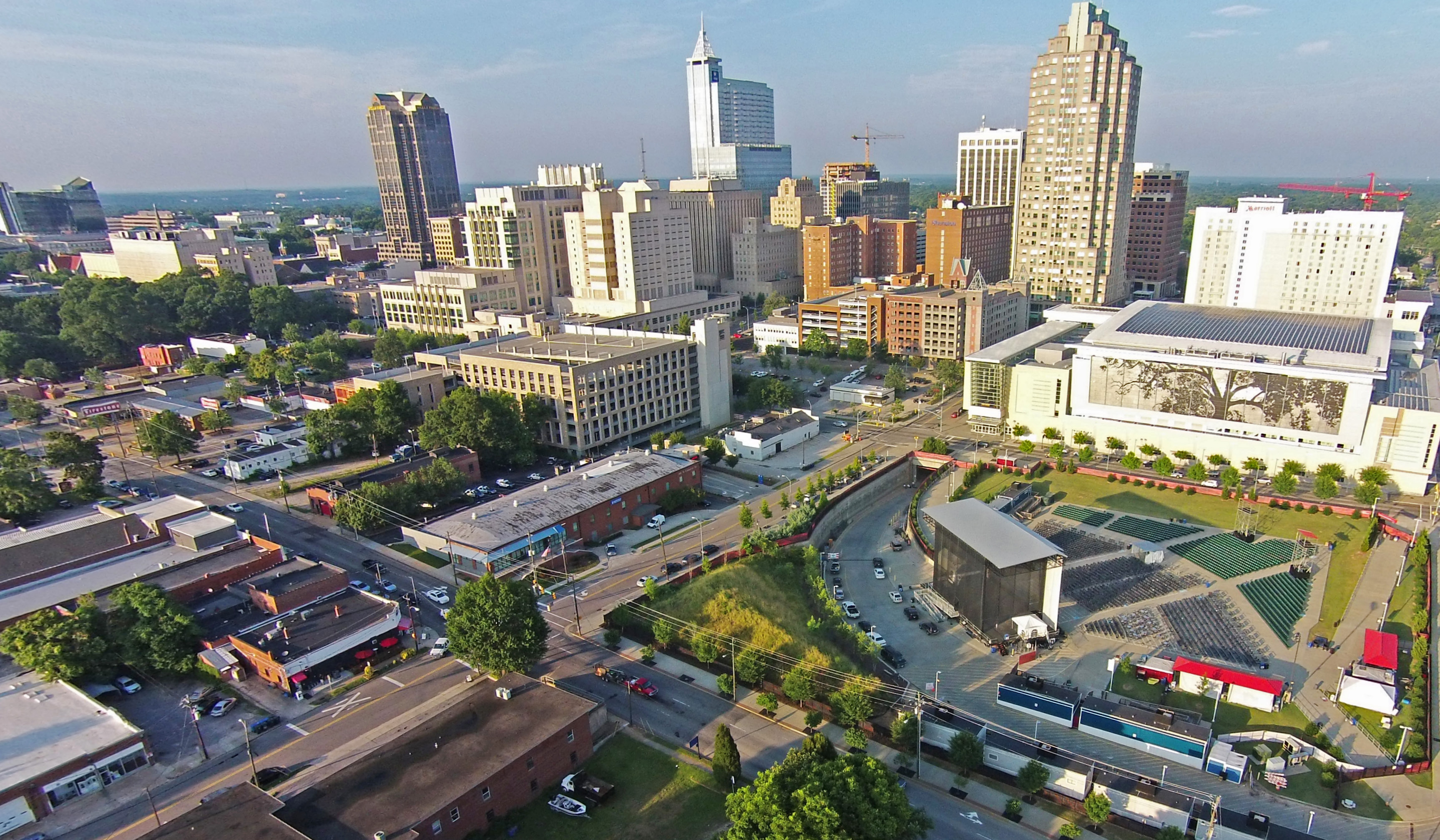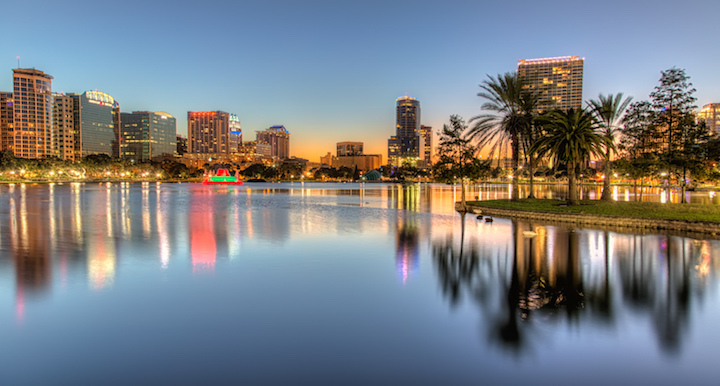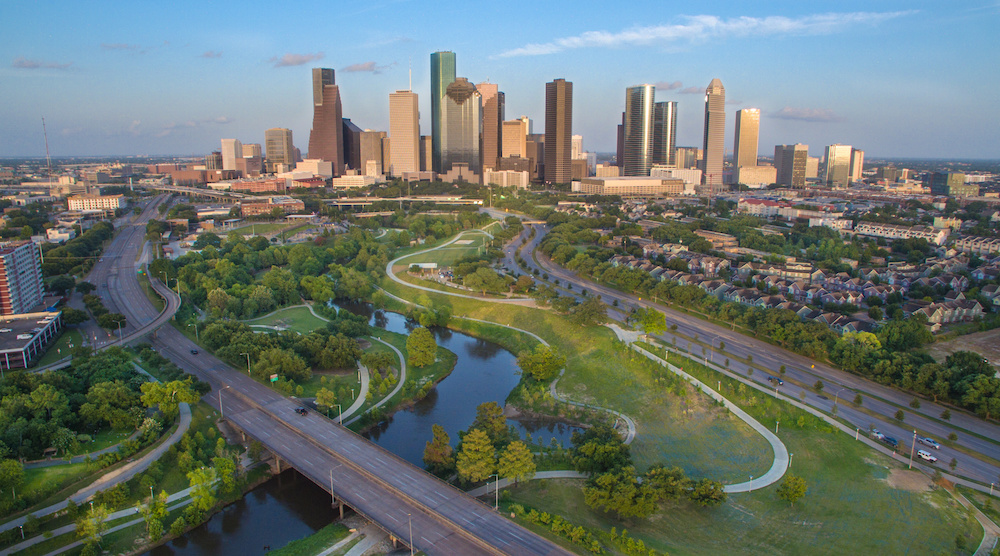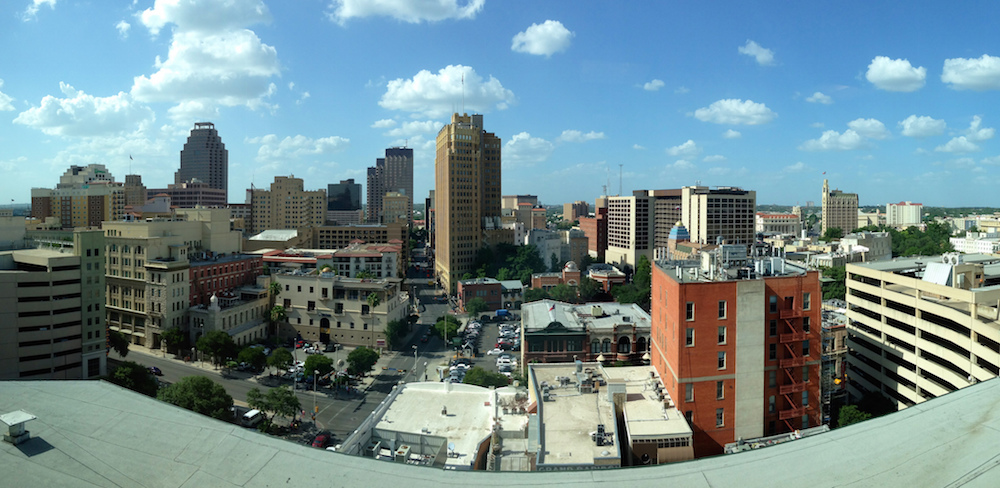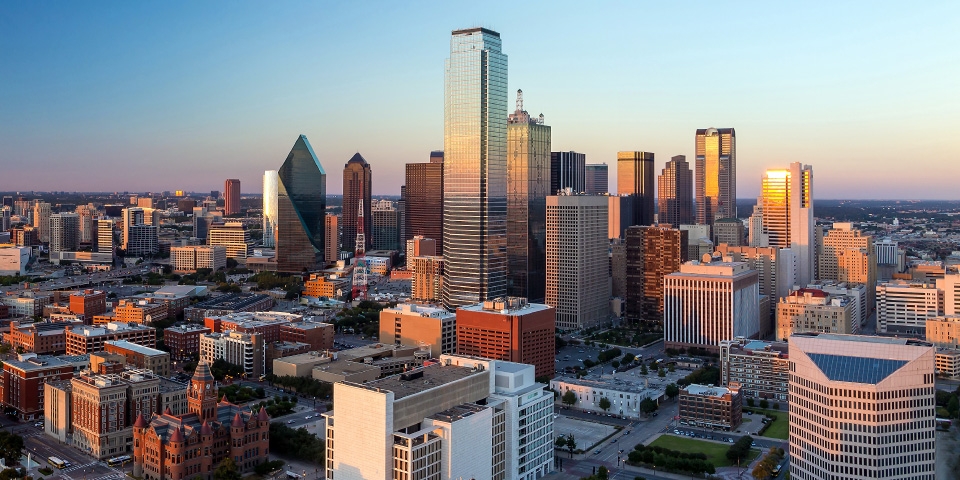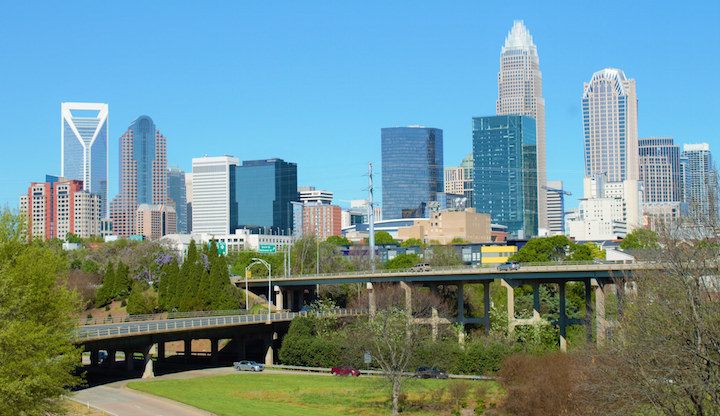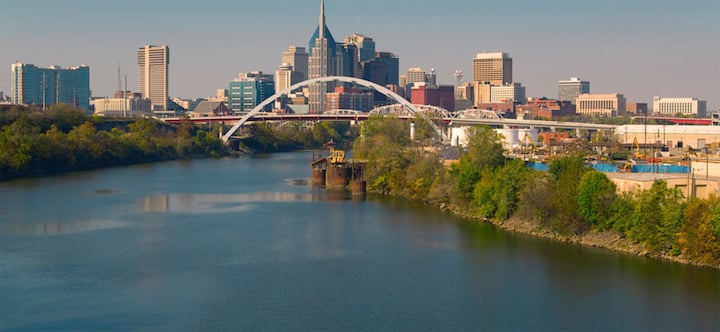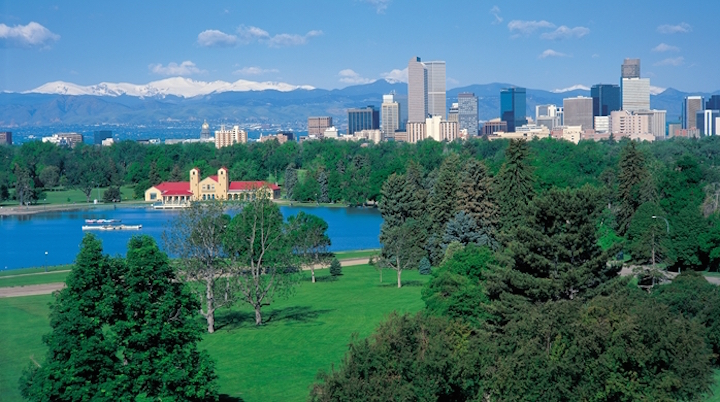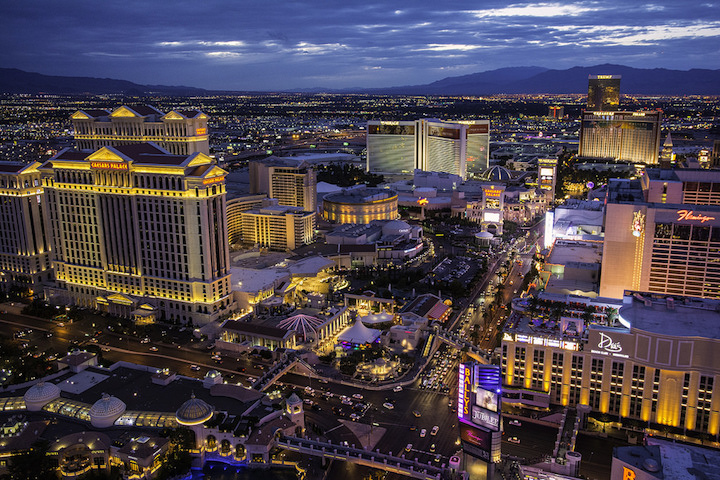
The population of Texas keeps popping, especially in the state’s four major metro areas. In fact, a data analysis by LawnStarter shows Austin, Dallas-Fort Worth, Houston and San Antonio were among the country’s 10 fastest-growing major metro areas from 2010 to 2017.
Austin so far has led population growth in this decade among the nation’s 50 largest metro areas, hitting a growth rate of 22.48 percent from 2010 to 2017. This is based on our analysis of recent U.S. Census Bureau data. Houston ranked No. 4 nationally, trailed by San Antonio at No. 5 (14.91 percent) and DFW at No. 6 (14.69 percent).
Will the growth continue?
So, how long will this hot streak last? It’s hard to say. But due to the continuous climb in housing costs, population growth should cool in Austin, DFW, Houston and San Antonio.
Steve Murdock, founding director of the Hobby Center for the Study of Texas at Rice University in Houston, says that the state’s once-affordable major metro areas — along the I-35 and I-45 corridors — might see a population growth slow down if housing and other living costs continue to rise.
In the first quarter of 2018, each of Texas’ four major metros saw the median price of an existing single-family home increase compared with the same period in 2017, according to the National Association of Realtors:
- 8 percent in San Antonio.
- 6 percent in Dallas-Fort Worth.
- 4.5 percent in Austin.
- 3.4 percent in Houston.
“As land is converted to urban uses, costs are likely to continue to increase, and at some point, such costs will negatively impact growth,” Murdock says.
Eyes on the economic prize
William Mellor, vice president of Austin economic development consulting firm AngelouEconomics, cites another factor that could stand in the way of the stretch of rapid growth in the four major metros in Texas.
For years, Texas has certainly been riding high thanks to a strong business climate, relatively low taxes and a desirable quality of life, according to Mellor.
“From that perspective, the strong growth is expected to continue for the foreseeable future,” he says.
However, the growth could be impeded if state lawmakers fail to keep their eyes on the economic prize, Mellor says. During the 2017 legislative session, lawmakers steered away from business issues and toward social issues like the anti-transgender “bathroom bill” and the anti-immigration “sanctuary cities” bill, he says.
“Regardless of your beliefs on these topics, the fact is that discriminatory legislation is bad for business,” Mellor says. “As long as legislators stick to the issues that matter to businesses, the ‘Texas Miracle’ will be alive and well for many years.”
10 fastest-growing major metro areas
Here’s how the top 10 U.S. metro areas stacked up in terms of population growth from 2010 to 2017.
1. Austin, TX
July 1, 2010, population estimate: 1,727,495
July 1, 2017, population estimate: 2,115,827
2010-17 population increase: 22.48%
2. Raleigh, NC
July 1, 2010, population estimate: 1,137,393
July 1, 2017, population estimate: 1,335,079
2010-17 population increase: 17.38%
3. Orlando, FL
July 1, 2010, population estimate: 2,139,317
July 1, 2017, population estimate: 2,509,831
2010-17 population increase: 17.32%
4. Houston, TX
July 1, 2010, population estimate: 5,947,419
July 1, 2017, population estimate: 6,892,427
2010-17 population increase: 15.89%
July 1, 2010, population estimate: 2,152,961
July 1, 2017, population estimate: 2,473,974
2010-17 population increase: 14.91%
July 1, 2010, population estimate: 6,451,833
July 1, 2017, population estimate: 7,399,662
2010-17 population increase: 14.69%
July 1, 2010, population estimate: 2,223,196
July 1, 2017, population estimate: 2,525,305
2010-17 population increase: 13.59%
July 1, 2010, population estimate: 1,675,757
July 1, 2017, population estimate: 1,903,045
2010-17 population increase: 13.56%
9. Denver, CO
July 1, 2010, population estimate: 2,554,399
July 1, 2017, population estimate: 2,888,227
2010-17 population increase: 13.07%
10. Las Vegas, NV
July 1, 2010, population estimate: 1,952,906
July 1, 2017, population estimate: 2,204,079
2010-17 population increase: 12.86%

